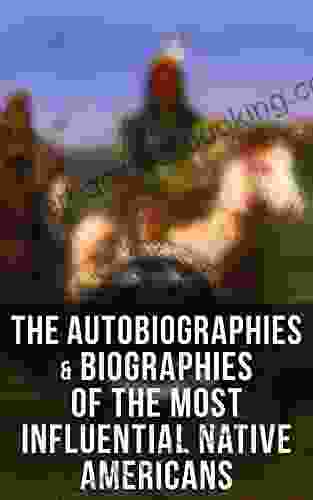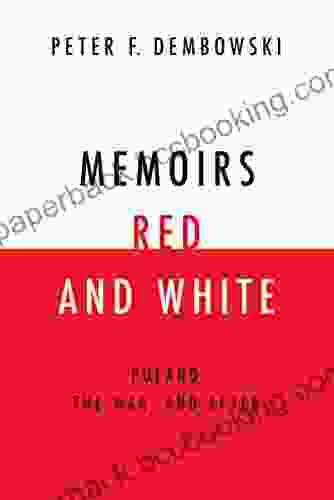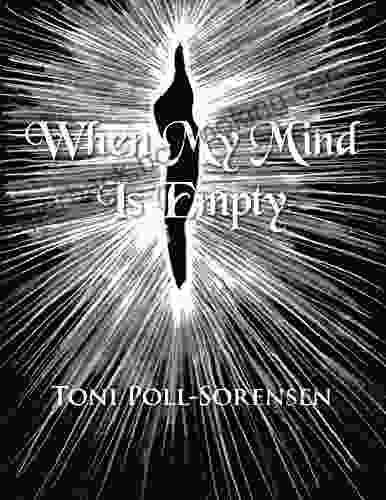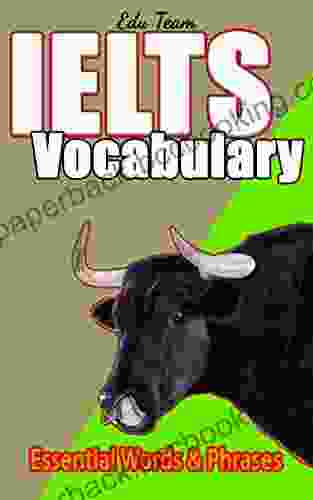Unveiling the Legends: Geronimo, Charles Eastman, Black Hawk, King Philip, Sitting Bull, and Crazy Horse

5 out of 5
| Language | : | English |
| File size | : | 5168 KB |
| Text-to-Speech | : | Enabled |
| Screen Reader | : | Supported |
| Enhanced typesetting | : | Enabled |
| Word Wise | : | Enabled |
| Print length | : | 966 pages |
Geronimo: The Unconquerable Apache Warrior
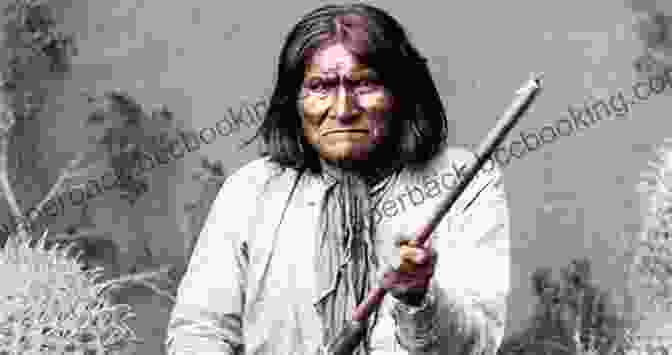
Geronimo, born Goyathlay in 1829, was a prominent leader of the Apache people. Known for his extraordinary military skills and unwavering determination, Geronimo led his followers in a courageous fight against the encroaching American settlers and the U.S. Army. Despite facing overwhelming odds, Geronimo and his band of warriors displayed remarkable resilience and adaptability, earning him a reputation as one of the most formidable Native American leaders in history.
Geronimo's childhood was marked by tragedy and loss. At a young age, his entire family was brutally murdered by Mexican raiders, leaving him with an unyielding hatred towards those who sought to harm his people. As a young man, Geronimo emerged as a skilled warrior and tactician, leading numerous raids against Mexican settlements and American military outposts. His reputation for bravery and cunning spread throughout the Apache territory, inspiring awe and fear among both his enemies and allies.
In 1876, Geronimo and his followers were forced to surrender to the U.S. Army and were imprisoned in various locations across the country. Despite being held as prisoners of war, Geronimo remained a symbol of Apache resistance. His refusal to compromise his beliefs and his unwavering commitment to his people earned him the respect of many, even among his captors.
In 1909, Geronimo was finally released from prison and spent his remaining years touring with Buffalo Bill's Wild West Show. He became a celebrity, sharing his story with audiences across the United States and Europe. Geronimo died in 1909, but his legacy as a fearless warrior and indomitable spirit continues to inspire generations.
Charles Eastman: The Santee Physician and Author
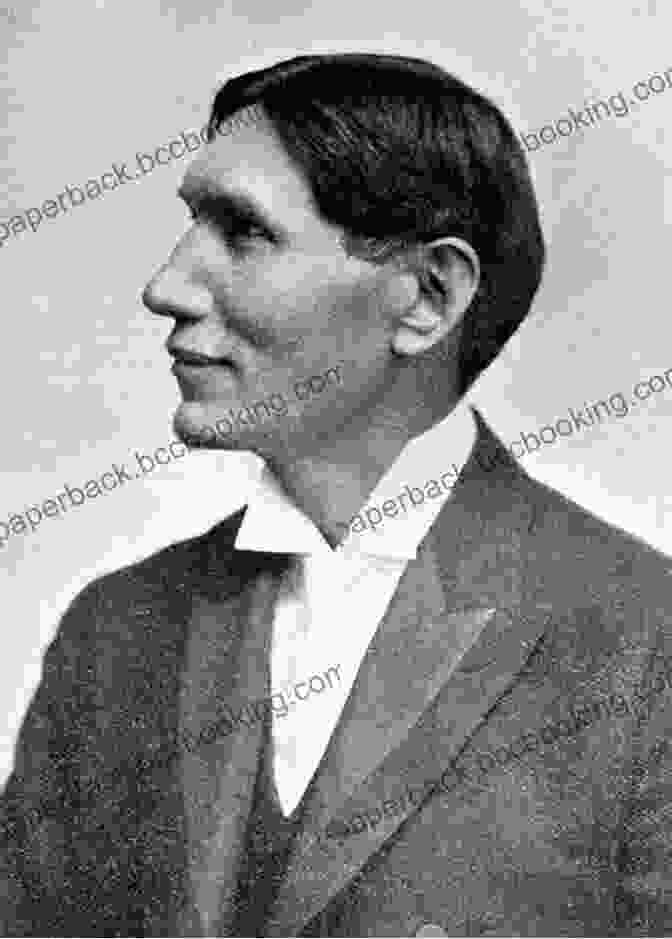
Charles Eastman, born Ohiyesa in 1858, was a Santee Dakota physician, author, and lecturer. Known for his deep understanding of both Native American and Western cultures, Eastman dedicated his life to fostering reconciliation and understanding between the two worlds. Through his writings and public speaking, Eastman shared his insights into the values, traditions, and spirituality of his people, while also advocating for their rights and well-being.
Eastman's early life was shaped by the tumultuous events surrounding the Dakota War of 1862. As a young boy, he witnessed the horrors of war and the displacement of his people. These experiences left an indelible mark on Eastman, instilling in him a deep compassion for his fellow Native Americans and a desire to make a difference in their lives.
After graduating from Dartmouth College and Boston University School of Medicine, Eastman returned to his people as a physician. He established a medical practice on the Pine Ridge Indian Reservation in South Dakota, where he provided much-needed healthcare to the Lakota people. In addition to his medical work, Eastman also became involved in politics and education, serving as a delegate to the U.S. Congress and advocating for the rights of Native Americans.
Eastman's writings played a significant role in shaping the public's perception of Native Americans. His books, such as "Indian Boyhood" and "From the Deep Woods to Civilization," provided non-Native readers with a firsthand account of Native American life and culture. Eastman's work helped to challenge stereotypes and promote a more nuanced understanding of Native American history and identity.
Charles Eastman's life was dedicated to bridging the gap between Native American and Western cultures. Through his medical work, his writings, and his public speaking, he tirelessly advocated for the rights and dignity of his people. Eastman's legacy as a physician, author, and cultural ambassador continues to inspire those who seek to promote understanding and reconciliation between different cultures.
Black Hawk: The Sauk War Chief
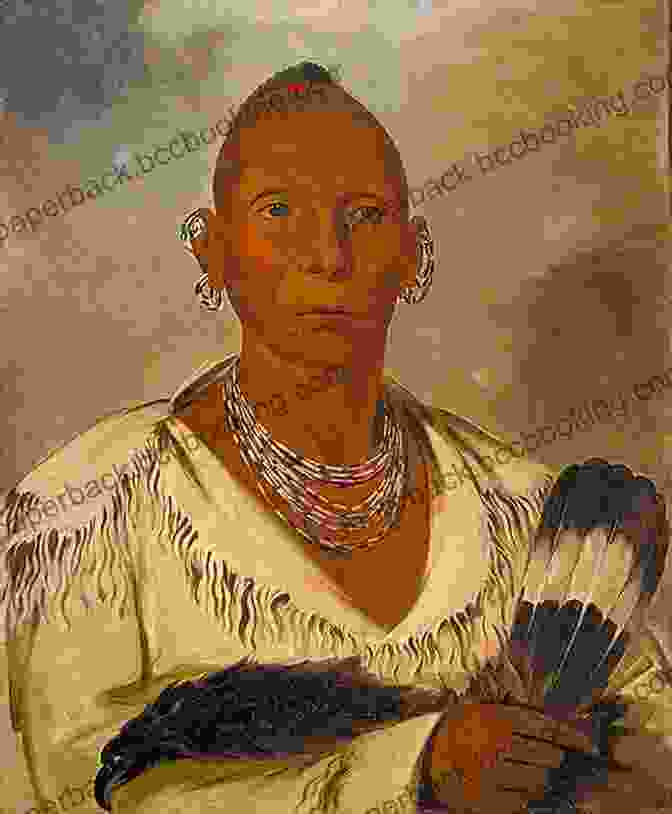
Black Hawk, born Ma-ka-tai-me-she-kia-kiak in 1767, was a Sauk war chief and leader. Known for his courage, determination, and unwavering commitment to his people, Black Hawk led the Sauk and Fox tribes in a desperate struggle against the encroachment of American settlers and the U.S. Army. Despite facing overwhelming odds, Black Hawk's resistance became a symbol of Native American resilience and the fight for their land and sovereignty.
Black Hawk's early life was spent in a time of great change and turmoil for the Sauk people. As American settlers moved westward, they encroached on Sauk lands, forcing them to relocate and adapt to a new way of life. Black Hawk witnessed firsthand the devastating impact of European diseases and the loss of traditional hunting grounds, which fueled his resentment towards the American government.
In 1832, Black Hawk led a group of Sauk and Fox warriors across the Mississippi River in an attempt to reclaim their ancestral lands in Illinois. This act of defiance sparked the Black Hawk War, a bloody conflict that lasted for several months. Black Hawk and his followers displayed remarkable courage and tenacity, but were ultimately defeated by the superior numbers and firepower of the U.S. Army.
After the war, Black Hawk was captured and imprisoned. He spent the rest of his life reflecting on the events that had transpired and sharing his story with visitors. Black Hawk's legacy as a warrior and leader continues to inspire generations of Native Americans and non-Native Americans alike, symbolizing the indomitable spirit of those who fought to protect their land and their way of life.
King Philip: The Wampanoag Chief
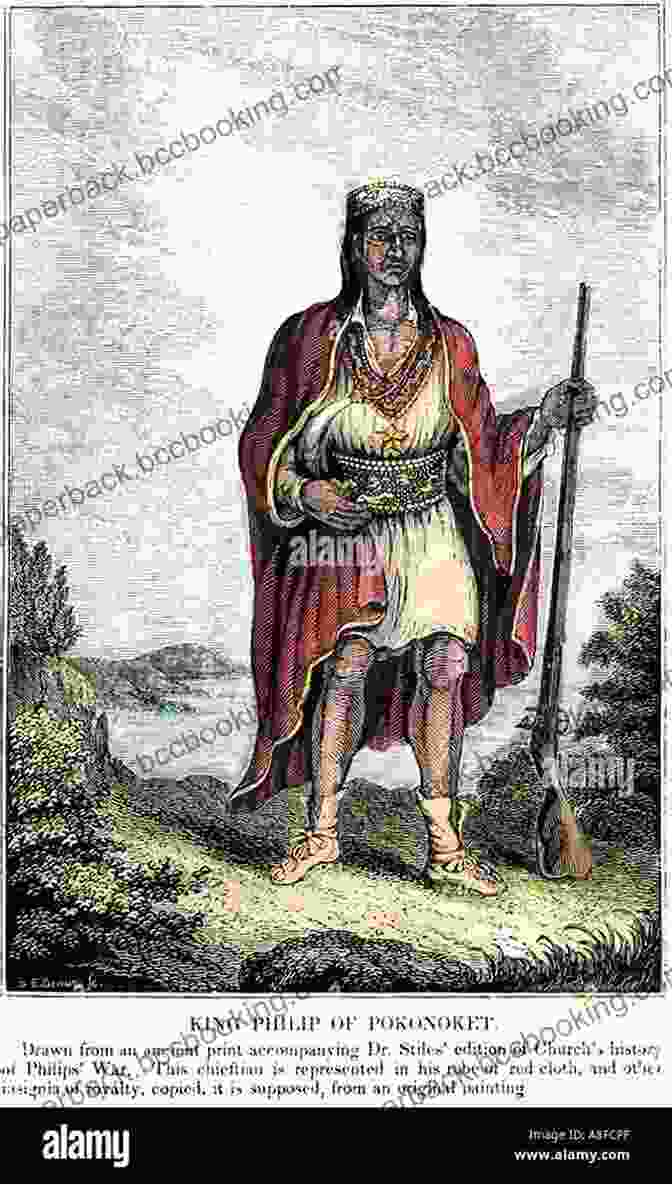
King Philip, born Metacom in 1639, was a Wampanoag chief who led his people in a desperate struggle against English colonists during King Philip's War. Known for his charisma, intelligence, and unwavering commitment to his people, King Philip emerged as a formidable opponent to the English, uniting several Native American tribes in a common cause.
King Philip's childhood was marked by the growing tensions between Wampanoags and English colonists. As colonists expanded their settlements and encroached on Wampanoag lands, conflicts arose over land rights, cultural differences, and religious beliefs. King Philip's father, Massasoit, had attempted to maintain peaceful relations with the English, but tensions escalated after his death in 1661.
In 1675, King Philip led a coalition of Native American tribes in a widespread rebellion against the English colonies. The conflict, known as King Philip's War, was one of the bloodiest and most devastating wars in American history, resulting in the deaths of thousands on both sides. King Philip displayed remarkable leadership and military prowess, but was ultimately defeated by the superior numbers and firepower of the English.
King Philip's legacy as a warrior and leader continues to inspire generations of Native Americans and non-Native Americans alike. He is remembered as a symbol of Native American resistance to colonial oppression and
5 out of 5
| Language | : | English |
| File size | : | 5168 KB |
| Text-to-Speech | : | Enabled |
| Screen Reader | : | Supported |
| Enhanced typesetting | : | Enabled |
| Word Wise | : | Enabled |
| Print length | : | 966 pages |
Do you want to contribute by writing guest posts on this blog?
Please contact us and send us a resume of previous articles that you have written.
 Book
Book Novel
Novel Page
Page Chapter
Chapter Text
Text Story
Story Genre
Genre Reader
Reader Library
Library Paperback
Paperback E-book
E-book Magazine
Magazine Newspaper
Newspaper Paragraph
Paragraph Sentence
Sentence Bookmark
Bookmark Shelf
Shelf Glossary
Glossary Bibliography
Bibliography Foreword
Foreword Preface
Preface Synopsis
Synopsis Annotation
Annotation Footnote
Footnote Manuscript
Manuscript Scroll
Scroll Codex
Codex Tome
Tome Bestseller
Bestseller Classics
Classics Library card
Library card Narrative
Narrative Biography
Biography Autobiography
Autobiography Memoir
Memoir Reference
Reference Encyclopedia
Encyclopedia Shelly Culbertson
Shelly Culbertson Scott C Werbelow
Scott C Werbelow Linda Walvoord
Linda Walvoord Larry Derfner
Larry Derfner Richard Vague
Richard Vague Mike Tomkies
Mike Tomkies Megan Sloan
Megan Sloan Max Finkelstein
Max Finkelstein Wolfgang Streeck
Wolfgang Streeck Maxwell King
Maxwell King Robert E Lee
Robert E Lee Linda Lajterman
Linda Lajterman Mary Mcaleese
Mary Mcaleese Seymour Reit
Seymour Reit Nate Blakeslee
Nate Blakeslee Megan Stringfellow
Megan Stringfellow Michael Scott Moore
Michael Scott Moore Will Corona Pilgrim
Will Corona Pilgrim Mel Ryane
Mel Ryane Rachel Blunk
Rachel Blunk
Light bulbAdvertise smarter! Our strategic ad space ensures maximum exposure. Reserve your spot today!
 Duane KellyFollow ·2.8k
Duane KellyFollow ·2.8k Diego BlairFollow ·3.1k
Diego BlairFollow ·3.1k Arthur Conan DoyleFollow ·13k
Arthur Conan DoyleFollow ·13k Michael CrichtonFollow ·13.5k
Michael CrichtonFollow ·13.5k Sean TurnerFollow ·19.7k
Sean TurnerFollow ·19.7k Cormac McCarthyFollow ·16k
Cormac McCarthyFollow ·16k Colin RichardsonFollow ·3.4k
Colin RichardsonFollow ·3.4k Roald DahlFollow ·9.3k
Roald DahlFollow ·9.3k

 E.M. Forster
E.M. ForsterBluewater Walkabout: Into the Pacific
An Unforgettable...
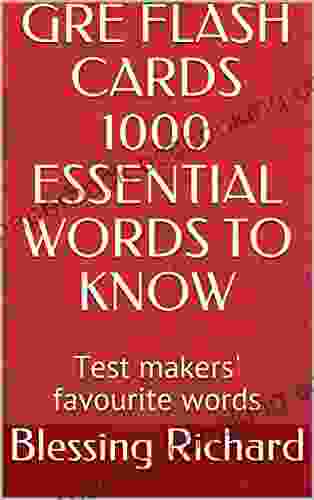
 Joseph Foster
Joseph FosterUnlock the Secrets of Standardized Test Success with Test...
Are you tired of struggling with standardized...

 Joe Simmons
Joe SimmonsUnlock Learning with Flash Cards for Kindergarten:...
Ignite a Passion for...

 Raymond Parker
Raymond ParkerJourney into the Enchanting World of "The Heart Kingdom"...
A Timeless Tale of Love,...
5 out of 5
| Language | : | English |
| File size | : | 5168 KB |
| Text-to-Speech | : | Enabled |
| Screen Reader | : | Supported |
| Enhanced typesetting | : | Enabled |
| Word Wise | : | Enabled |
| Print length | : | 966 pages |


